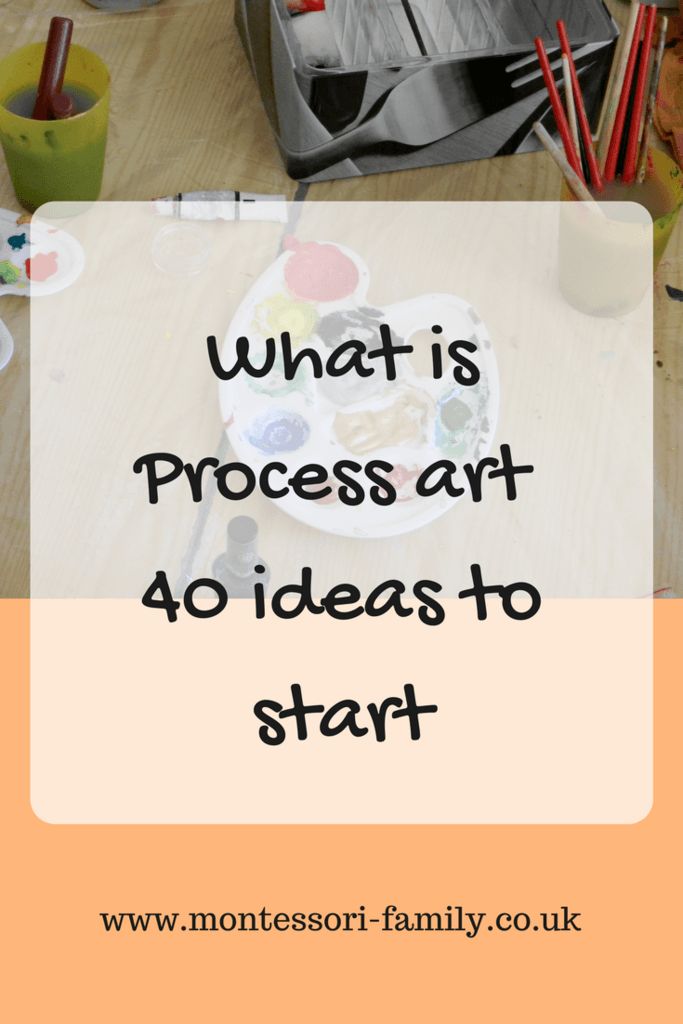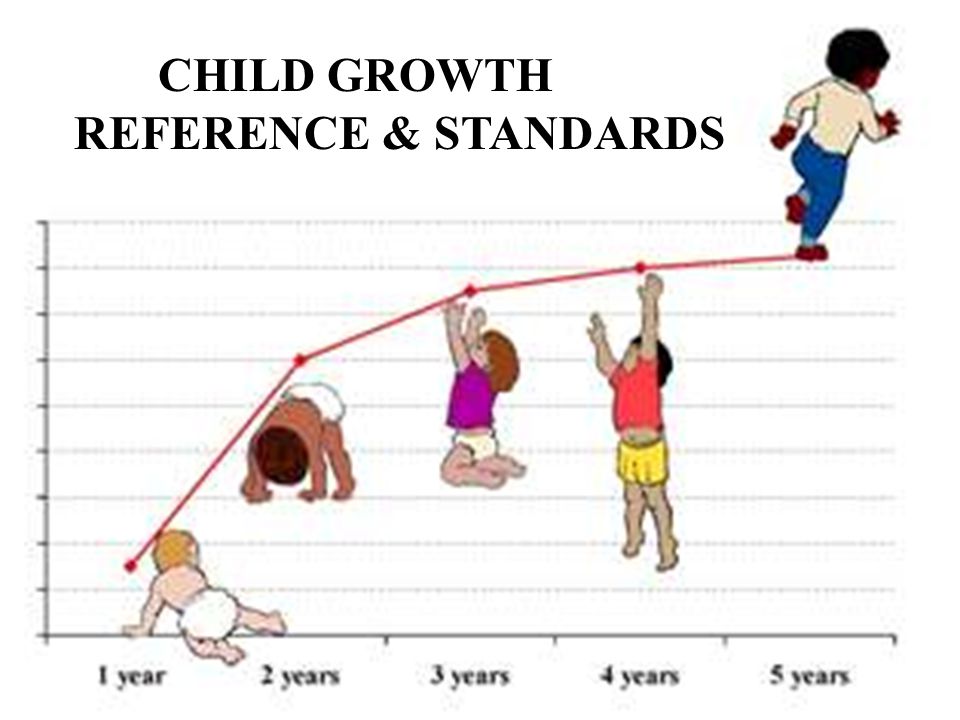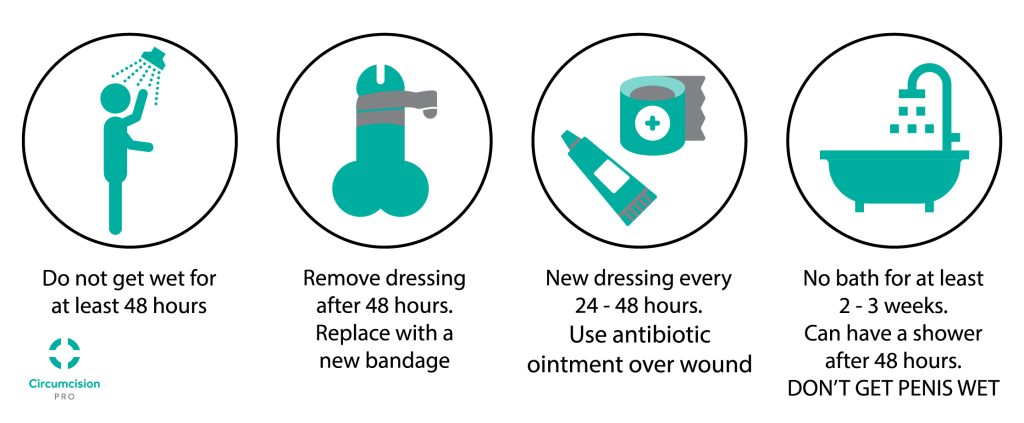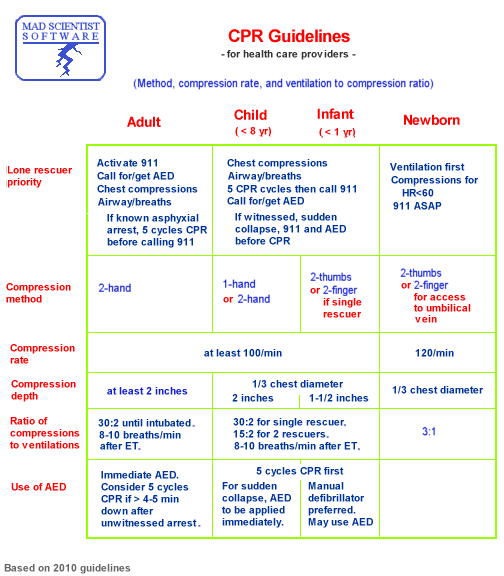How to nurture creativity in a child
How to Nurture Creativity in Your Kids
October 22, 2021 | James C. Kaufman, Professor of Educational Psychology
Creativity has a host of academic, professional and personal benefits
Nurturing children's creativity has numerous positive effects, both in childhood and adulthood (Adobe Stock).
Parents who want their kids to be more creative may be tempted to enroll them in arts classes or splurge on STEM-themed toys. Those things certainly can help, but as a professor of educational psychology who has written extensively about creativity, I can draw on more than 70 years of creativity research to make additional suggestions that are more likely to be effective – and won’t break your budget.
Be Cautious With Rewards
Some parents may be tempted to reward their children for being creative, which is traditionally defined as producing something that is both new and useful. However, rewards and praise may actually dissuade your child’s intrinsic interest in being creative. That’s because the activity may become associated with the reward and not the fun the child naturally has doing it.
Of course, I am not saying you should not place your child’s artwork on your fridge. But avoid being too general – “I love every bit of it!” – or too focused on their innate traits – “You are so creative!” Instead, praise specific aspects that you like in your child’s artwork – “I love the way you made such a cute tail on that dog!” or “The way you combined colors here is pretty!”
Some rewards can be helpful. For example, for a child who loves to draw, giving them materials that they might use in their artwork is an example of a reward that will help them stay creative.
It is also important to note that there are many activities – creative or otherwise – for which a child may not have a particular interest. There is no harm – and much potential benefit – in using rewards in these cases. If a child has an assignment for a creative school activity and hates doing it, there may not be any inherent passion to be dampened in the first place.
Encourage Curiosity and New Experiences
Research shows that people who are open to new experiences and ideas are more creative than those who are more closed off. Many parents have children who naturally seek new things, such as food, activities, games or playmates. In these cases, simply continue to offer opportunities and encouragement.
For those whose children may be more reticent, there are options. Although personality is theoretically stable, it is possible to change it in subtle ways. For example, a study – although it was on older adults – found that crossword or sudoku puzzles can help increase openness. Childhood and adolescence is a natural period for openness to grow. Encouraging curiosity and intellectual engagement is one way. Other ways might include encouraging sensible risk-taking – such as trying a new sport for a less athletic child or a new instrument for one less musically inclined – or interest in other cultures. Even very simple variations on an evening routine, whether trying a new craft or board game or helping cook dinner, can help normalize novelty.
Help Them Evaluate Their Best Ideas
What about when children are actually being creative? Most people have heard of brainstorming or other activities where many different ideas are generated. Yet it is equally important to be able to evaluate and select one’s best idea.
Your child might think of 30 possible solutions to a problem, but their creativity will not be expressed if they select the one that’s least interesting – or least actionable. If giving praise can be tricky, feedback can be even tougher. If you are too harsh, you risk squashing your child’s passion for being creative. Yet if you are too soft, your child may not develop their creativity to the fullest extent possible.
If your child seeks out your input – which in adults can be a good indicator of creativity – make sure to give feedback after they have already brainstormed many possible ideas. Ideally, you can ensure your child still feels competent and focus on feedback that connects to their past efforts: “I like the imagery you used in your poem; you are getting better! What other metaphors might you use in this last line?”
Teach Them When Not to Be Creative
Finally, creativity isn’t always the best option.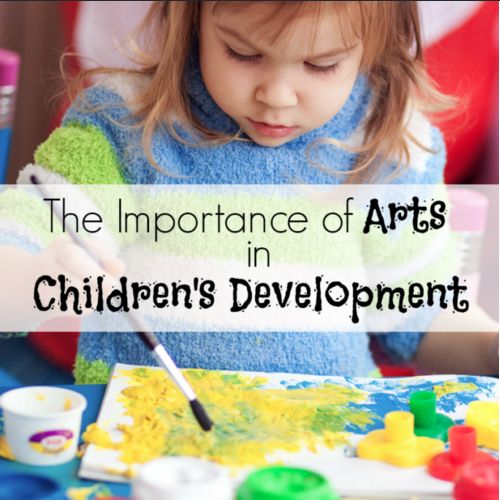 Sometimes, straightforward solutions simply work best. If the toilet is clogged and you have a plunger, you don’t need to make your own from a coat hanger and bisected rubber duck.
Sometimes, straightforward solutions simply work best. If the toilet is clogged and you have a plunger, you don’t need to make your own from a coat hanger and bisected rubber duck.
More notably, some people, including teachers, say they like creative people but actually have negative views of creative kids without even realizing it.
If your child is in a class where their creativity is causing some blowback, such as discipline issues or lowered grades, you may want to work with your child to help them understand the best course of action. For example, if your child is prone to blurt out their ideas regardless of whether they are related to the discussion at hand, emphasize that they should share thoughts that are directly relevant to the class topic.
If, however, you get the feeling that the teacher simply does not appreciate or like your child’s creativity, you may want to suggest that your child keep an “idea parking lot” where they write down their creative thoughts and share them with you – or a different teacher – later in the day.
Creativity has a host of academic, professional and personal benefits. With some gentle nudges, you can help your child grow and use their imagination to their heart’s content.
Originally published in The Conversation.
10 Ways to Nurture Your Child's Creativity and Imagination
Often, people believe creativity is something an individual is born with and not something that can be taught. However, with the right encouragement and environment we can help kids develop their creative skills and express their imaginations. Creativity comes in many forms, from drawing and painting, writing and reading, dancing and acting, to arts and crafts and imaginative play. Not only do children with good creative thinking skills perform better at school but also have stronger executive functioning abilities. That’s why it’s important that we do what we can to nurture our children’s creativity and imagination.
1. Provide a Creative Home Environment
Making sure your child feels relaxed and comfortable at home can hugely contribute to whether or not they feel they can creatively express themselves. Allowing them to think and play, without strict rules or judgement, as well as giving the right encouragement, creates an environment where they can explore their ideas and nurture their creativity.
Allowing them to think and play, without strict rules or judgement, as well as giving the right encouragement, creates an environment where they can explore their ideas and nurture their creativity.
2. Have Creative Resources To Hand
Even though some creative activities such as role play, singing, dance and drama don’t require resources, some other avenues of creativity do. Having plenty of pens, paints, paper and craft items in your home, in a place where your child can easily access them means they can embrace their creativity when the moment strikes. Remember, you don’t have to have a huge budget for supplies - save old cardboard boxes, empty paper towel rolls, cereal boxes and scrap paper. Give your child some markers and masking tape- we bet you’ll be amazed at what can be created from the simplest materials.
3. Invest In Open-Ended Toys
Open-ended toys are not only an investment but are limitless in their creative possibilities. Anything such as blocks, building sets, toy animals, dressing up clothes or Lego can be used in multiple ways for multiple purposes and will encourage imaginative play and creativity.
Anything such as blocks, building sets, toy animals, dressing up clothes or Lego can be used in multiple ways for multiple purposes and will encourage imaginative play and creativity.
4. Inspire Big Thoughts
Encourage curiosity to get your child’s creative juices flowing by asking open ended questions. Not only does it encourage creative thinking but inspires kids to ask more questions of their own. For example:
- ‘What do you think would happen if we added water to the clay?’
- ‘How can we do this differently?’
- ‘Why did you do it that way?’
- ‘What did you find easiest?’
- ‘What was most challenging?’
5. Have Unstructured Time
Often creativity sparks when children are having quiet time alone. This is why structured playtime can sometimes be limiting, as kids are ‘expected’ to be creative for a set limit of time.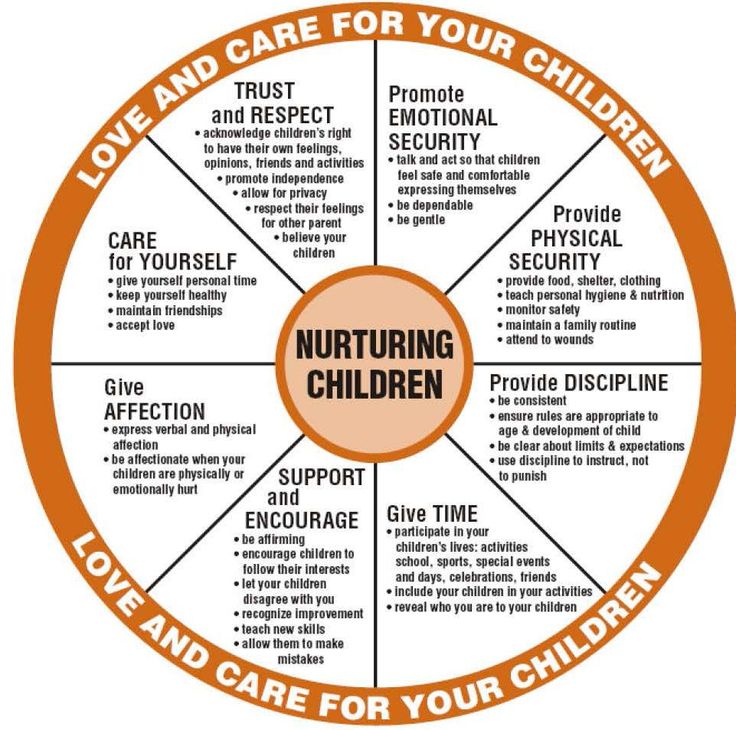 By allowing a couple of hours a day with a more relaxed structure, it can encourage kids to develop a creative mindset. In fact, it will enable children to play and create without any time constrictions - after all, creativity needs room to breathe.
By allowing a couple of hours a day with a more relaxed structure, it can encourage kids to develop a creative mindset. In fact, it will enable children to play and create without any time constrictions - after all, creativity needs room to breathe.
6. Reduce Screen Time
The amount of screen time children have can be limiting to a child’s creativity, as rather than spending time exploring their interests and developing their skills, they’re absorbed by what is in front of them on the screen. Encourage your child to play and create, rather than watching something or playing a game on a device.
7. Mix Up The Creative Environment
Being creative in the same environment can start to get boring for kids, so it’s important to mix it up when you can. We recommend taking toys outside in the garden, going to the park, taking a walk in the woods or visiting a museum to spark their imagination and encourage different avenues of creativity.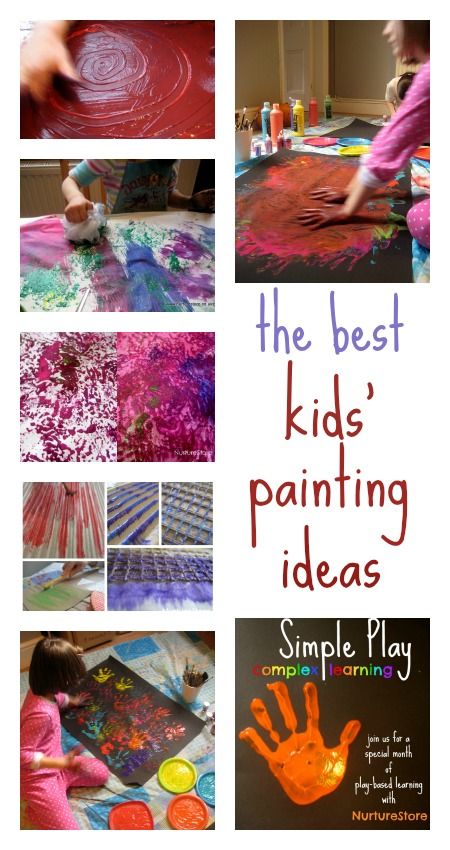
8. Role Play
Creating role play situations with your children is a fantastic way to nurture their creativity and ignite their imaginations. Alongside being loads of fun, role play also helps kids develop a strong problem-solving approach when issues arise in real life. Here’s some fun role play ideas: doctors, police, shops, teachers, superheroes or fantasy characters such as unicorns, dinosaurs or princesses.
9. Let Kids Know It’s Okay To Be Different
Just because something is ‘supposed’ to be a certain way, doesn’t mean that’s how it has to be. It’s important to let your children know that it’s okay to be different and you should encourage them to use their imagination and creativity without trying to fit into specific expectations. Having no limits is where the real creative magic happens!
10. Show Your Creativity
Children learn more from what you do than what you say, meaning if you’re actively exploring your creativity, your kids will most likely want to do the same. Try things and fail. Create something and show them. By doing so, you’re demonstrating to them that anyone can be creative, and there are many ways of doing so. Whether you want to rearrange the furniture in your home, plant some seeds in the garden, create a picture for your bedroom wall or have a go at building something, let them get involved in your creative process.
Try things and fail. Create something and show them. By doing so, you’re demonstrating to them that anyone can be creative, and there are many ways of doing so. Whether you want to rearrange the furniture in your home, plant some seeds in the garden, create a picture for your bedroom wall or have a go at building something, let them get involved in your creative process.
10 activities, ideas and exercises
1. Looking for a source of inspiration
The kid sat down to draw or play with the designer and abandoned the rest of the business - support his enthusiasm. Among all creative activities, it is important to find one that will light a spark in the eyes of a child. Failed to catch inspiration right away - keep looking. Probably, the child will like to collect pictures from mosaics, make applications, sculpt from plasticine or space sand, fold origami, etc. more.
2. We arrange a creative corner
We found the source - we create the conditions.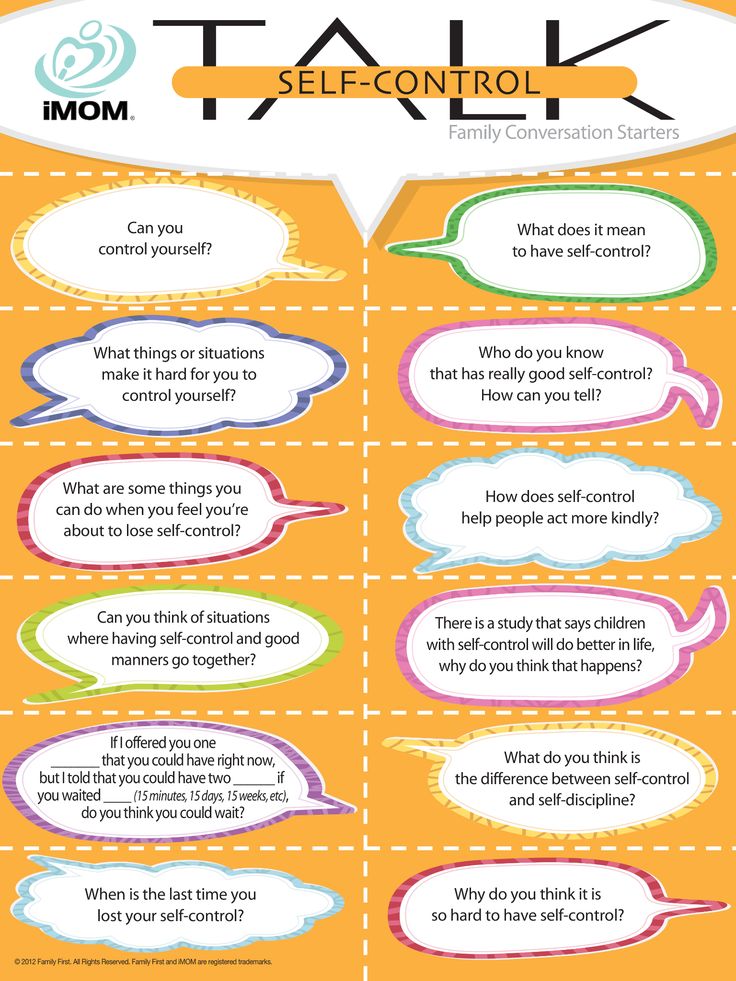 The problem of a plasticine-stained carpet and painted wallpaper will be solved by a specially equipped creative corner. Let the child be distracted from the outside world and immerse themselves in their favorite hobby, without fear of being punished for mess or damaged things.
The problem of a plasticine-stained carpet and painted wallpaper will be solved by a specially equipped creative corner. Let the child be distracted from the outside world and immerse themselves in their favorite hobby, without fear of being punished for mess or damaged things.
The place of children's creativity may resemble the aftermath of a hurricane, but you should be able to close your eyes to this. “No chaos, no inspiration. It’s like a kitchen at lunch time,” said American philologist and writer Mason Cooley.
Treat clutter as part of creativity.
It is important to create conditions, an atmosphere. Even more important is to develop the desire to create, to find sources of inspiration.
3. We fantasize every day
Do you want to discover and develop your creative potential? It would be nice to include creative activities in the schedule, like meals, walks, sports and other activities. It is important not to overdo it, not to turn creativity into a boring obligation.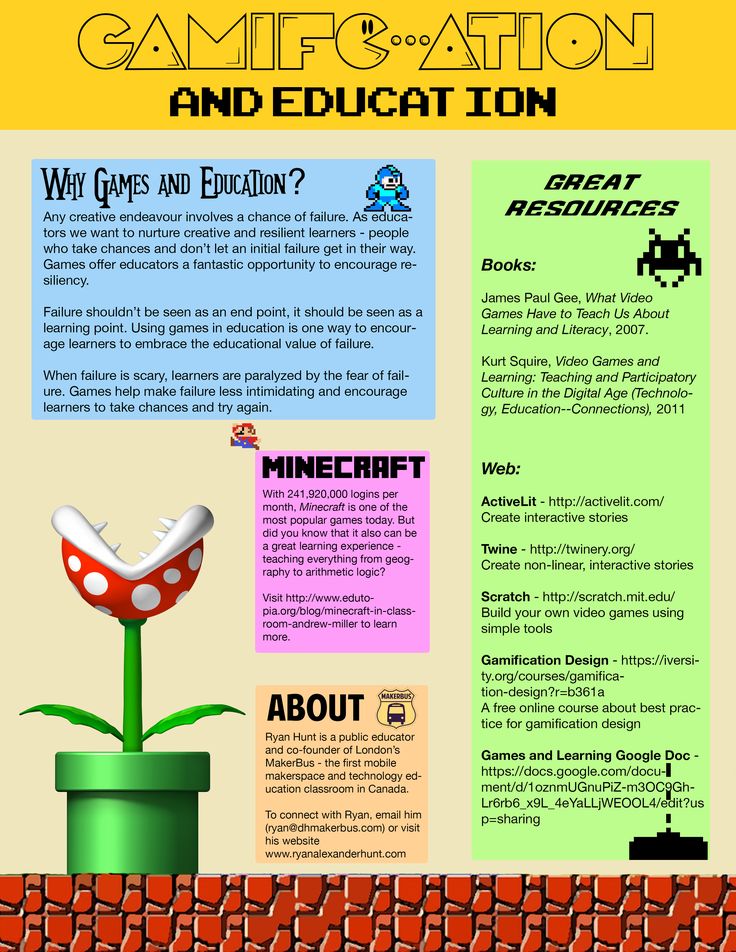 After all, for a child it is first and foremost a game.
After all, for a child it is first and foremost a game.
Adding creativity to everyday activities
Even cleaning the room or cooking can be interesting if you add creativity and imagination to them. Compete, which of you will clean the room better and get a prize as the main cleaner. Prepare a delicious dinner according to the secret recipe of a famous chef from France, and wash the dishes on behalf of the spirit of cleanliness. It is necessary to show the child that even a seemingly boring activity can be exciting and fun. With this approach, you yourself will quickly cope with the routine.
Any items lost? Why not turn their search into a quest!
Find a use exercise
Think together about how to use everyday items in a non-standard way. For example, you can comb a cat with a toothbrush, tickle your friends, draw with paints, etc.
4. Learning to develop imagination by observing the world around
Walk in the park, get out of the city, teach your child to admire the beauty of the world around. It is interesting to come up with images, looking at the clouds, or to guess objects by their outlines in the late evening. If you take a magnifying glass or binoculars with you, it will be even more interesting to watch birds and insects.
It is interesting to come up with images, looking at the clouds, or to guess objects by their outlines in the late evening. If you take a magnifying glass or binoculars with you, it will be even more interesting to watch birds and insects.
Artist Rob Sayage Jr. uses a tablet to create these cloud paintings.
Grab a whiteboard marker (easy to wash off) and try to draw your shapes on the glass with your child.
5. Creativity is available to everyone
To learn how to think creatively, you need to practice. Not everything turns out right away, but it doesn’t matter: there are no those who have become a master in their field without any effort.
The advantage of creativity is that it can be inexpensive or even free. With the help of pebbles, a milk bag can be turned into a musical instrument, a flower can be made from a napkin, and a jewelry box can be made from ice cream sticks. It would be fantasy!
Simple materials give the child a lot of room for creativity.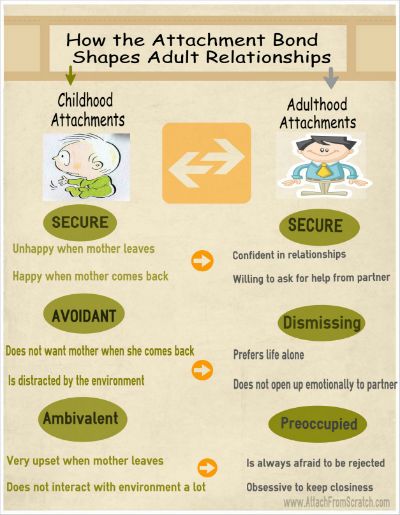
6. We keep the results and the desire to create
Children are upset when they find out that their crafts and drawings are thrown away. Therefore, collect and store children's creativity. These are memorabilia for you and a source of inspiration for your child. And in 15-20 years, yesterday's doodles can also mature and grow into professional art.
Children's drawings of artists in a new version. Job Katherine Brannock
It is not allowed to criticize (,) (,) praise
The child wanted to draw a horse, but the dog came out? Pencil drawing after watercolor turned into a daub? The opinion of mom and dad is the most authoritative for the child. A word can inspire or discourage the desire to engage in creativity. Try to respond carefully to the first creative steps.
The courage of criticism must be followed by the courage of praise.
Honore de Balzac
7. Immerse yourself in art
Introduce your child to literary and musical classics, instill a love of reading books. Instead of toys or goodies, you can buy tickets to the theater, cinema, or art exhibition. A change of scenery, a trip to an unfamiliar place will bring new emotions, joy and inspiration. Art in its purest form is a good teacher, capable of awakening in a child the desire to create their own masterpieces.
Instead of toys or goodies, you can buy tickets to the theater, cinema, or art exhibition. A change of scenery, a trip to an unfamiliar place will bring new emotions, joy and inspiration. Art in its purest form is a good teacher, capable of awakening in a child the desire to create their own masterpieces.
Exercise “What if...”
Take a fairy tale as a basis and change one detail in the plot (for example, Little Red Riding Hood did not tell the wolf where her grandmother's house was). Imagine how the plot of the fairy tale would develop further.
A good book will keep children company and teach them to dream.
8. Modeling situations that require creative solutions
In adult life there are difficult situations from which it is problematic to find a way out. This is where the ability to think outside the box comes in. Teach your child to reason and look for original ways to solve problems.
Find a way out exercise
Invite the child to come up with a solution to a problem situation.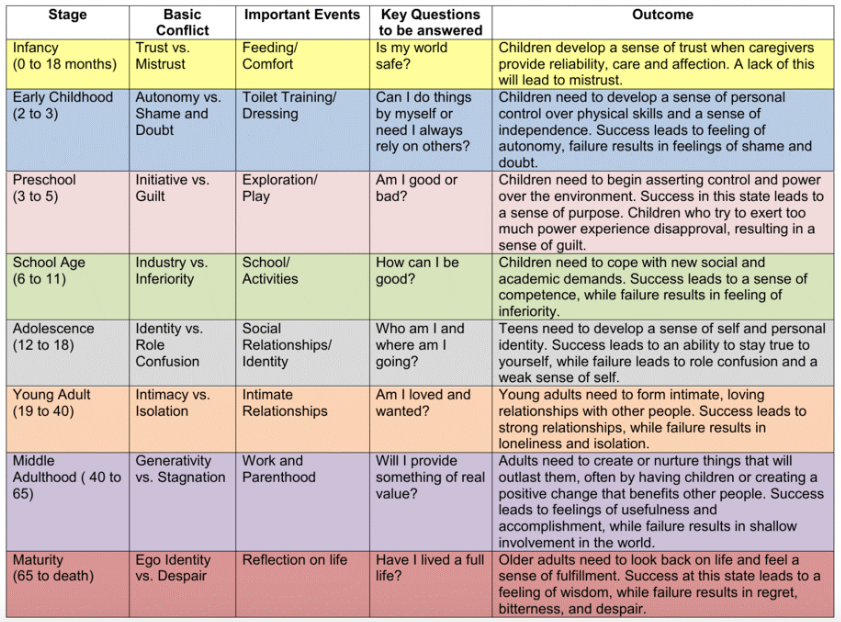 What to do if I mixed up the ticket and got on the wrong train? Lost in a strange city and don't have your phone with you?
What to do if I mixed up the ticket and got on the wrong train? Lost in a strange city and don't have your phone with you?
9. Solving non-standard problems
Solving logic problems and puzzles is a good way to develop non-standard thinking.
There are more than 2500 tasks on logic, imagination and spatial representations on the LogicLike platform. To give your child access to classes, you need to register.
10. The process is more important than the result
It is not necessary to strive to grow an artistic genius. It is much more important to see the benefits of creative, extraordinary thinking, which helps to solve even the most difficult life situations.
The task of a parent is to awaken in a child a craving for creativity, to help him find his talents and realize them.
To teach to see new opportunities and find non-standard solutions.
Creativity will serve the child well in school, work and life. Think and create something new. Get the joy of creativity and development with your child!
Get the joy of creativity and development with your child!
How to develop creativity in children - ways to reveal artistic and other types of talents
Why a child needs to be creative, conditions for unlocking creativity, how to introduce a child to creativity, identifying abilities by age, effective games and ideas for discovering creative abilities.
According to psychologists, creativity is useful at any age. But it is easier to develop the creative abilities of a child than in adulthood.
Why is creativity needed at all
Creativity and creativity are synonymous. According to psychologists, there are several reasons to include creativity in a child's life and develop this skill. This:
- Benefits for the psyche - this therapy calms, helps to get rid of stress, negative emotions, aggression.
- Help with learning - therapy unloads the brain, develops empathy. Having calmed down, a person can find a way out of a difficult situation, make the right decision.
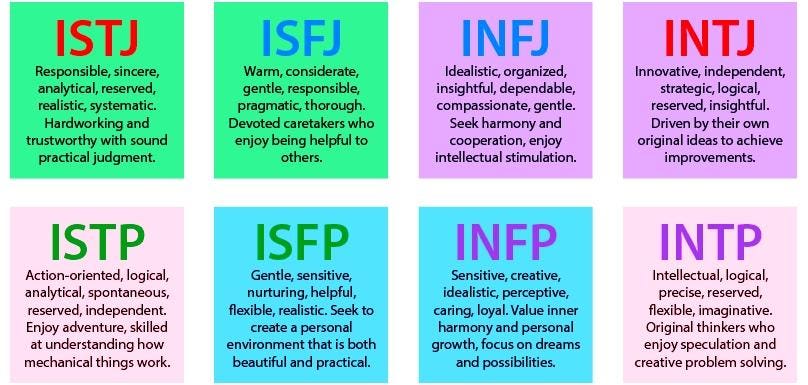
- Way of self-expression. With the help of creativity, the world is known, and a person knows himself. In this area, you can experiment without fear that someone will misunderstand you or judge you.
Conditions for the development of creative abilities
In order for creative skills to develop successfully, several conditions must be met:
- Physical development of the child in a timely manner and at the right age.
- Inclusion of creative activities at an early age.
- Creating an environment conducive to the development of creative abilities - an emotionally calm microclimate in the family and team, creating an atmosphere for creative search.
- Support from parents.
- Classes only in the form of a game. Children's psyche is arranged in such a way that at a younger age information is perceived and remembered only through the game. There is no point in having boring classes.
- Continuous development - application of various methods.
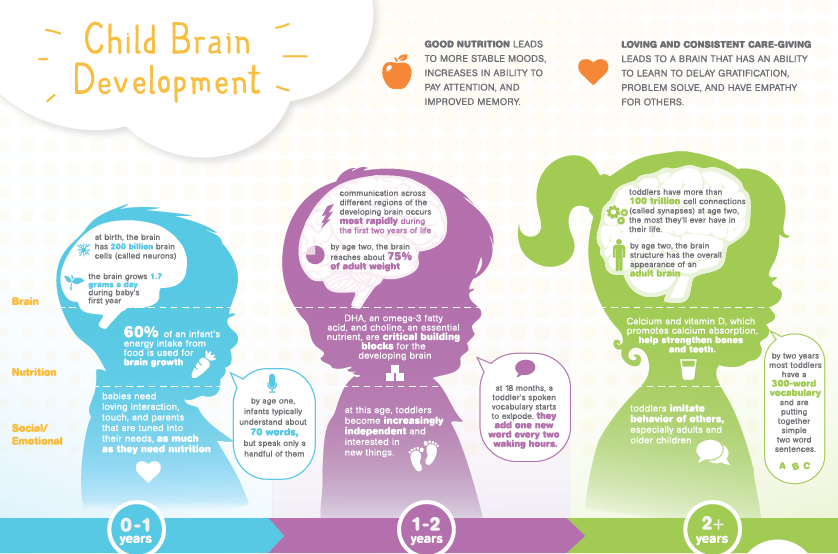 Every achievement should be praised.
Every achievement should be praised. - Classes should be held regularly and systematically. Even if the child is sick and misses kindergarten or a circle, you need to continue to study at home.
- Help from adults, timely and dosed.
- Patience for the child's creative "torments" - if the baby is sitting on a project for a long time, there is no need to push him.
- Stimulating the child, with possible failures, the baby should not be scolded, but should be supported and praised.
Young children are willingly involved in the creative process because of their curiosity, desire to know the world and interest in themselves.
How to introduce a child to creativity
Here are some general tips that parents can heed if they want to develop their child's creativity:
- It is important to find a hobby that suits your interests. There are many facets in creativity that can be successfully developed - modeling, collages, drawing, jewelry, needlework, etc.
The task of parents is to direct creativity in the right direction.
- Inspiration. Creativity must be gradually introduced into the life of the child. Perhaps the child will like some direction, and he will want to repeat something. Therefore, it is worth visiting exhibitions, master classes in various areas, museums, expositions and more.
- One cannot criticize a child's work. If something doesn’t work out for the baby, you don’t need to “cut his wings”. If he wants to create, let him create.
Every parent should understand that there are no incapable and uncreative children. Every child has some talent, you need to find and develop it. The wrong approach on the part of parents, school, society can “kill” a child’s creativity and desire to create.
Development of creative abilities at every age
Each age group of children is characterized by its own characteristics. They need to be known and correctly applied in the development of creative skills. The younger preschool age is divided into 2 groups:
- 1–2 years. At this age, children actively show interest in music and drawing. Modeling gives less pleasure, but closer to 2 years of age, interest intensifies, and in music, on the contrary, it gradually decreases.
- 3–4 years old. At this age, children have a peak of creative activity. You can already recognize objects in the drawings, there are still a lot of fantasies.
Children of senior preschool age (5-6 years old) can already work on the task. Creative tasks can be gradually complicated by adding new motives. Also at this age, children learn to adequately cope with failures.
The younger school age (7–8 years) is characterized by a passion for music, theater, and drawing. The child can already independently determine what he is more interested in than he wants to continue to do. Parents just need to be supportive.
Games and activities to develop creativity
Classes to develop creative skills should be carried out in the form of a game.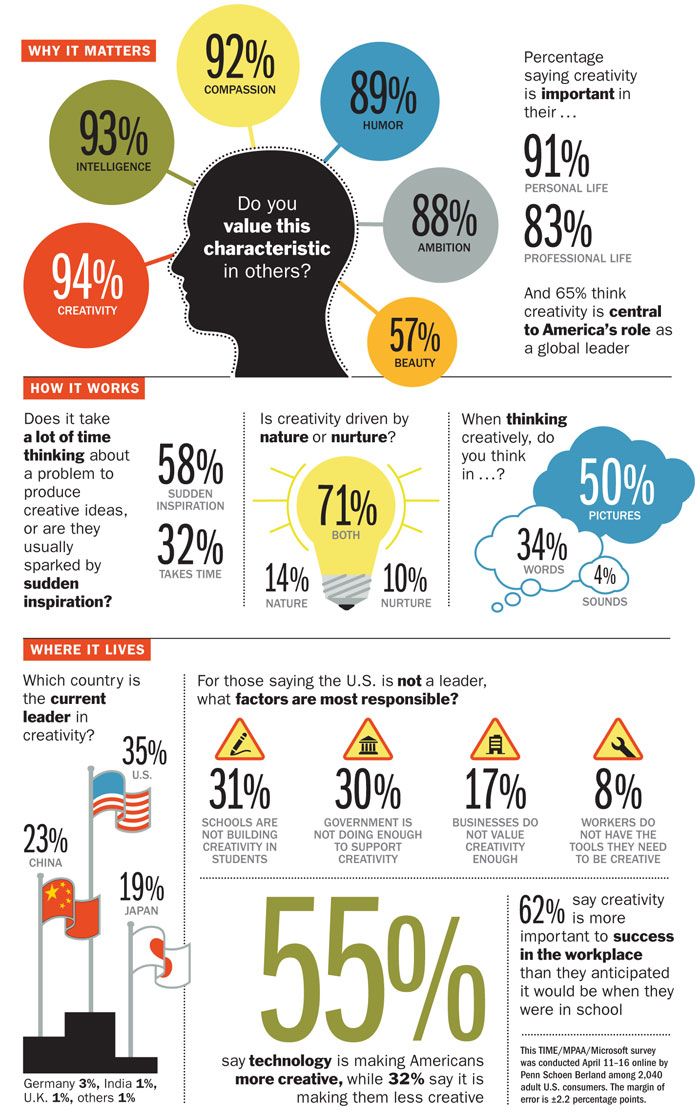 A few simple exercises:
A few simple exercises:
- What does the figure look like? Game for children 5-6 years old. The adult shows the child various pictures, the child looks at them and says what they remind him of. Absolutely all options are taken into account, but the most creative ones are encouraged.
- Making history. This game is suitable for children from 5 years old. An adult pronounces the phrase “once upon a time”, and then children join in with their imagination. Each child takes turns saying one sentence, this is how the story turns out.
- Mosaic. It is better to use grains or seeds. In addition to creative skills, fine motor skills of fingers work. Children are invited to fold any figure of their choice from grains and seeds. If several children play, you can add up a single picture from their work.
- Magic blots. The meaning is the same as the previous exercise. Children can independently put blots with pens, study the resulting drawing, and then come up with what it looks like.
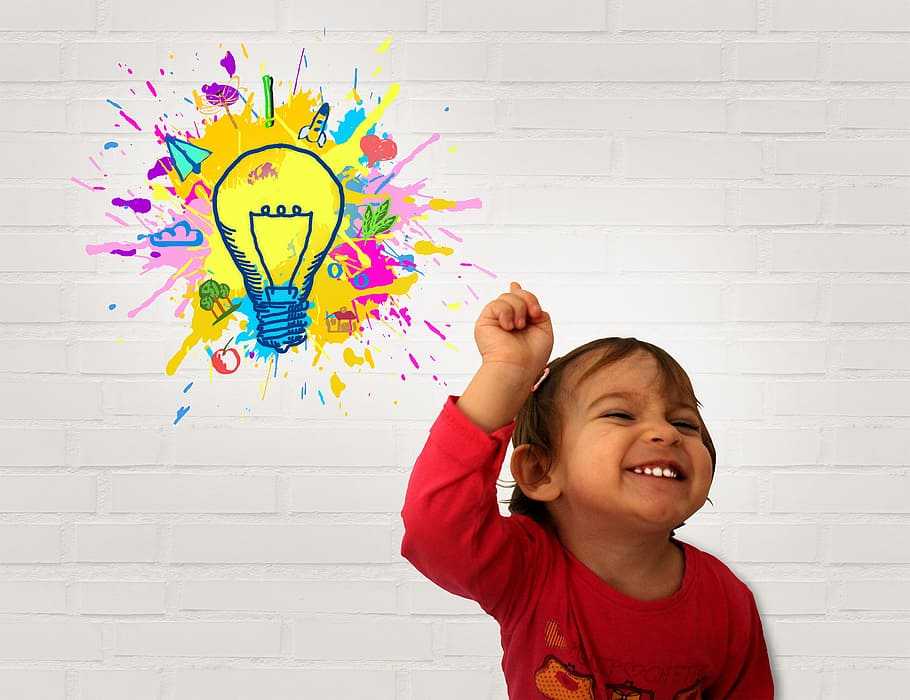
- Who has what character? An adult prepares pictures with images of various inanimate objects (hammer, pencil, bed). Children think and endow each object with character traits. You also need to invite children to fantasize about how a sad hammer or a funny pillow works.
All exercises are suitable for children of senior preschool or primary school age. For slightly older children, such activities will be less interesting and effective. But this does not mean that with children of 7-8 years old you should not engage in the development of creative skills. You need to pick up other exercises.
Theater circles cope well with the role of "teacher". You can send your child to classes from 2-3 years. The circle will develop not only creative, but also oratory skills. The totality of knowledge will not let the child be afraid of public speaking, help to master the school curriculum, make him successful and independent.
Creative ideas
Creative skills and creativity need to be developed. Only a small percentage of children from a young age have the ability to be creative and creative. Therefore, the task of parents is to independently deal with the child before sending him to some circles. A few ideas:
Only a small percentage of children from a young age have the ability to be creative and creative. Therefore, the task of parents is to independently deal with the child before sending him to some circles. A few ideas:
- Drawing. From a young age, you can give children pencils, paints, paper. Children are very easily drawn into drawing, because the result they get surprises them. From the age of 3-4, drawing becomes meaningful, the child can already express his thoughts through drawing.
- Modeling, in addition to creative skills and creativity, also develops fine motor skills of the hands, and also trains memory and visual perception. The result obtained in the craft encourages children to experiment.
- Application. The essence of the lesson is to cut out the figures and stick them on paper. Suitable for developing a sense of color, shape, rhythm, symmetry. Along with this, children learn the planned organization of work.
- Unconventional drawing.
